Good Feather, Handling For Quality
 Handling For Quality
Handling For Quality
When the experienced fanciers handle a racing pigeon they are assessing its racing ability by judging its aerodynamic soundness. Their skill has been taught by time and their success in predicting the quality of the race pigeon rests with the fact that the aerodynamics of every champion is sound. The “expert handlers” cull birds in the race team that handle poorly, because the chances of a poorly conformed bird doing well are extremely low. It is good practice to cull “poor” pigeons from the race team well before training begins, but the decision to cull must be made by a good “handler”. Remember, the expert handler is always a very good flyer or breeder of pigeons and never a poor or mediocre fancier.
Although the athletic potential of the pigeon cannot be determined by its physical qualities alone, an understanding of the features of the racing pigeon which enable fast sustained flight provides the fancier with the knowledge required to both select and breed aerodynamically sound race birds. When handling a bird to assess its aerodynamic efficiency pay special attention to the feather quality, wing, body structure and balance.
An understanding of the aerodynamics of flight will improve every fancier’s skill at handling pigeons correctly. Around the world there are many families of pigeons varying enormously in appearance, size and shape, but the very best birds share the same important physical features. These features give the best birds an aerodynamic advantage. Every champion racing and breeding pigeon has good feathering, a good wing, a balanced body and are naturally buoyant. Every one of these is a hereditary feature passed on from parent to offspring.
Good Feather
The importance of good feathering as a reflection of the quality of a pigeon can never be overemphasised. For every fancier the quality of the feather is a very good and immediate indication as to the quality of the pigeon. A good quality feather is the foundation stone for breeding the champion pigeon and a pigeon with poor feathers should never be considered for stock because good feathering is a reflection of both good breeding and good health.
The healthy feather is silky, flexible, strong and waterproof. These features are all important for efficient flight. The high oil content of the healthy feather gives it the silky feel. The silkier the feather the greater the lift due to the streamlining effect required for efficient flight. The dry feather we get with many illnesses means that there is less streamlining (over the body and wing) and more drag with a subsequent loss of lift and less efficient flight. More energy is required causing the bird to tire more quickly. The dry feather being less flexible means that the twisting motion of the end flights that gives forward thrust is lessened, which results in a slower bird. The dry feather is brittle and lacks the strength of the silky feather, wearing out by the time the long races, when flying efficiency is needed most. Dry feathers lack the waterproofing qualities of the oil laden silky feather and flying therefore becomes more difficult in wet weather.
The feathers of the racing pigeon in top form are tight and silky. The aerodynamics are further improved by the feathers covering the body. These contour feathers of the body and the coverts over the wing and tail feathers of the bird in top form overlap each other very tightly to create a very smooth surface. We describe such a bird as having “tight” feather. During flight this very tight feather allows the moving air to flow smoothly and quickly over the body and wing surfaces in what we call “streamlines”. “Streamlining” gives “lift” to the flying pigeon and is one of the reasons why it can fly for sustained periods without tiring. For whatever reason (health or breeding), poor quality feathers fail to form the tight smooth surface required for “streamlining” and efficient flight. When the surface is not perfectly smooth the air does not flow smoothly across the surface and creates air eddies and bubbles of turbulence. Turbulence has the effect of slowing the airflow over the wing and body surfaces that increases the “drag” or “resistance” and reduces the “lift”. Therefore the bird with poor feathers flies slowly and requires more effort to stay aloft. The end result is a bird that tires sooner. A good feather is essential for racing performance because it is the basis of “lift”.
Good Feather, Handling For Quality by Dr. Rob Marshall
The Leading Online Pigeon Racing and Racing Pigeons Magazine – The Pigeon Insider

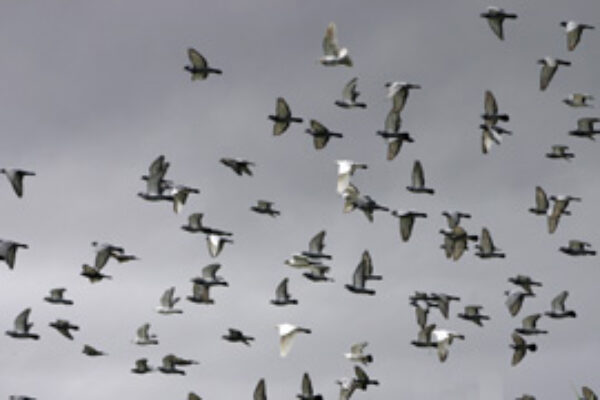
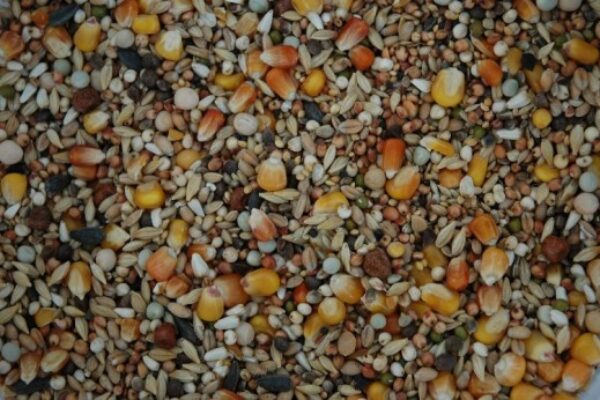
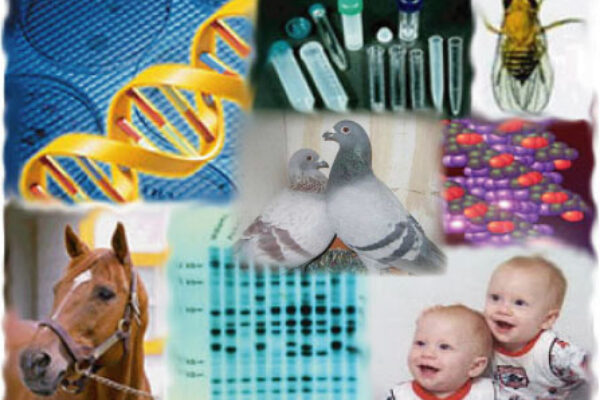
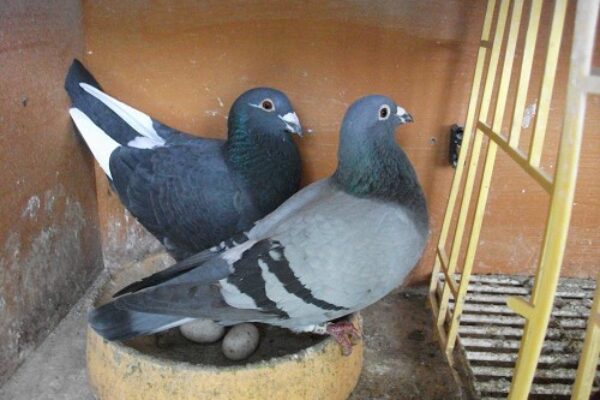
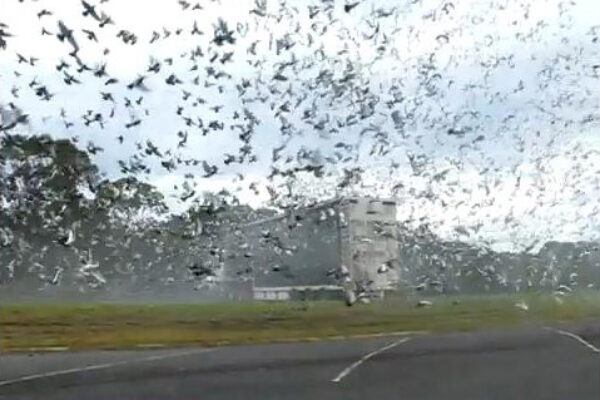
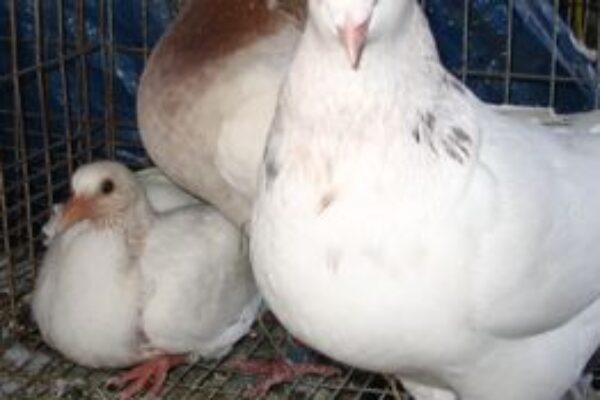


thank you for sharing this most informative article. I have always wanted to find someone willing to share all their knowledge.
Oh, as the article states in a nutshell, good quality feathers does include being silky, tightly fitted and water proof. If the birds feathers are rough and dry then the birds intake of proper nutrients are lacking.
Obviously, if you live in a dryer climatic condition, such as Arizona, Colorado, etc, this could be a detriment to top performance. But feather quality is just one of the required ingredients to having good birds and assist in the aerodynamic performance of the bird. Proper physical structure, such as wing curveture, weight to wing strength, muscles, etc. all have to do with the aerodynamics of the birds.
I think that some family of birds have great feathering, such as the Meulemans. There are however some that do have a rougher quality than some and still perform just as well. You can give some supplements that are required for building better feather quality, and given during the proper time of the moult will definitely help. Wheat germ oil, according to the book feed to win has certain chemical compounds that when given on a consistent basis will cause the birds to moult more often than usual.
One reader did not care about the supplements but wanted to know how to make the birds moult faster. Well try the lights!
We should all try to find out what the birds need during periods of high moult to make sure that their diet consists of such ingredients be it in the form of food intake or water supplements, such as a good source of vitamins and mineral supplements. One should realize that the minerals are more important than vitamins.
this is a great topic and a real eye opener, something I never gave much thought to but after seeing it here I will definatly try to improve my moulting taticts
a good moult is a must? without it all else fails
regards
peter
For the past couple of years I have been using two products that are natural, not only have my birds moulted out to the best feathering I’ve ever seen on them, I haven’t had any kind of sickness in the loft, and I have to say, the last 2 seasons are my best by a long shot.
I’m not one that falls easy on any self proclaimed miracle product, nor am I a sales person, but after using the products and sharing them with 3 other members, I decided they were what I was looking for, so I became one of the distributors, this makes availability much easier for club members, I supply it to racing , fancy pigeon as well as cage bird fanciers, haven’t had one complant yet, the products are Improver and Antifungal.
Well worth every cent
whats the name off your product ,how do you use it
what.s the name of your products
if you dont.t mind saying
your,s in sport
liam
hi Jeff i have just got into pigeon and don’t know much about them I live in Perth West Aust can I get Improver and Antifungal in perth if not how can I get it over to Perth and how do you used it hope to hear from you
regards Vince
my email is [email protected]
Hi All!
I live in Port Elizabeth, South Africa. It is summer now and very hot presently.
I consider the moult as the most important period in the pigeon’s life if you want success for the fothcoming racing season!
However, I am confused with all this “on line” crap you can buy to have “better” feather quality, etc, etc… the list is endless!
All I want to know from an “expert/pro/experienced fancier” a guide as to how to get my birds quicker through the moult.
Should they get any special supplements, should I avoid any use of antibiotics as preventative measures, or should and can I routinely only see to the control of canker?
Yours in sport,
Marius.
I am no expert but i think that there is no real way to make them moult quicker and i give premoult 100 from medpet straight after racing season.no antibiotics to young birds as i want them to build up there own antibodys but you must check them and treat them if they show sighns of illness.Stress is the killer as it causes young bird desease.Open loft all day and you will see your birds get silky feathers but some birds obviously have better feathers but the race basket will prove all theorys wrong glen jhb
when my Birds molting which they do twice a year, i make sure that i give them a cap of “norwegian” cod liver oil mixed in with each serving of frred. you do not need to buy all of this high end crap on line. i freed my birds a coffee can of feed once in the morning and then i give them another serving in the late after noom making sure that they eat every thing i gave them so field nice do not get in to my loft and eat and piss on any lift overs which is the couse of spining disaase or Paromixavirus etc. i also give my birds a cap of clorx in a gaiolen of drinking water that i change out once every two days to keep infections from spreding in my loft in the event they pick some thing up when out flying. i also give them low fat i percent milk once a month to clean them out for a full day with out any drinking water. i am feeding about fourty birds right now and i make sure they have a high quality grit. these are old homor flyer’s tricks of the sport that my father used. if you want your birds to win races you need to train them yourself along your own line of flight from point A to point B directley back to your loft or your going to be given people like the guy that owns the pigion truck and others over fly time and today races are won by seconds.
always take your birds to the relase spot at least once before picking your nominators and those you expect to fly in the money, remember fools and there money are soon parted in this highley competitive sport and if you can’t afford the sacrafices involed with the sport, then don’t do it which is why i keep my as a hobby.
How do pigeons break feathers in the wing? If you try to snap a feather it’ll just bend and crease but somehow pigeons snap feathers.
IF the Feathers “Snap” The birds are not on a good program for health, or there is bad loft Conditions with bad wire, and the loft is too dry, not enough moisture. Never catch your birds against wire. “Feathers are soft like “Silk” if you need help [email protected]
It’s nice to see an article on the wing and feathers.
I believe the feathering of a bird is one of the things many fanciers truly over look.
Try and find some articles about the wing, no where near the amount compared to the eye.
Some real good reading and learning material here.
Hi Guys
my question is, can feather quality drop during illness and if so what do you guys give the birds to bring back the silkiness or quality.
i give my birds a horse fibre not bran its rich in amino acids which appears to trigger off beautifull silky feathers just today i inspected my birds along with fellow fanciers and they too were impressed with their health. Eyes too were sparkling always a good sign. Now is a good time to feed my birds this fibre during the off season especially when moulting fellow sportsman today were also impressed at how quick they had completed there moult. A great supplement during of season and yes when birds are ill. Three days after feeding this fibre you can see the results quite clearly. I do however refuse to give my birds this fibre during racing season. My research has led me to release the effects of feeding high fibre and that is how it can upset there diet something we like to avoid whilst racing our birds. I plan to write a special feature about this fibre substance in the near future and post it on my website. do hope this has helped.
highly recomend for ill birds.